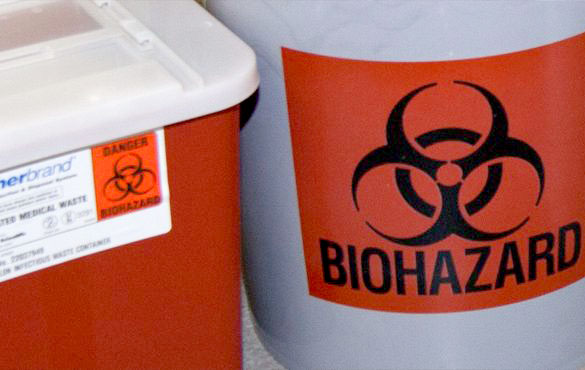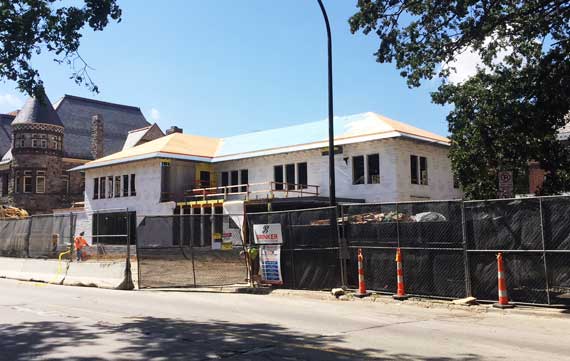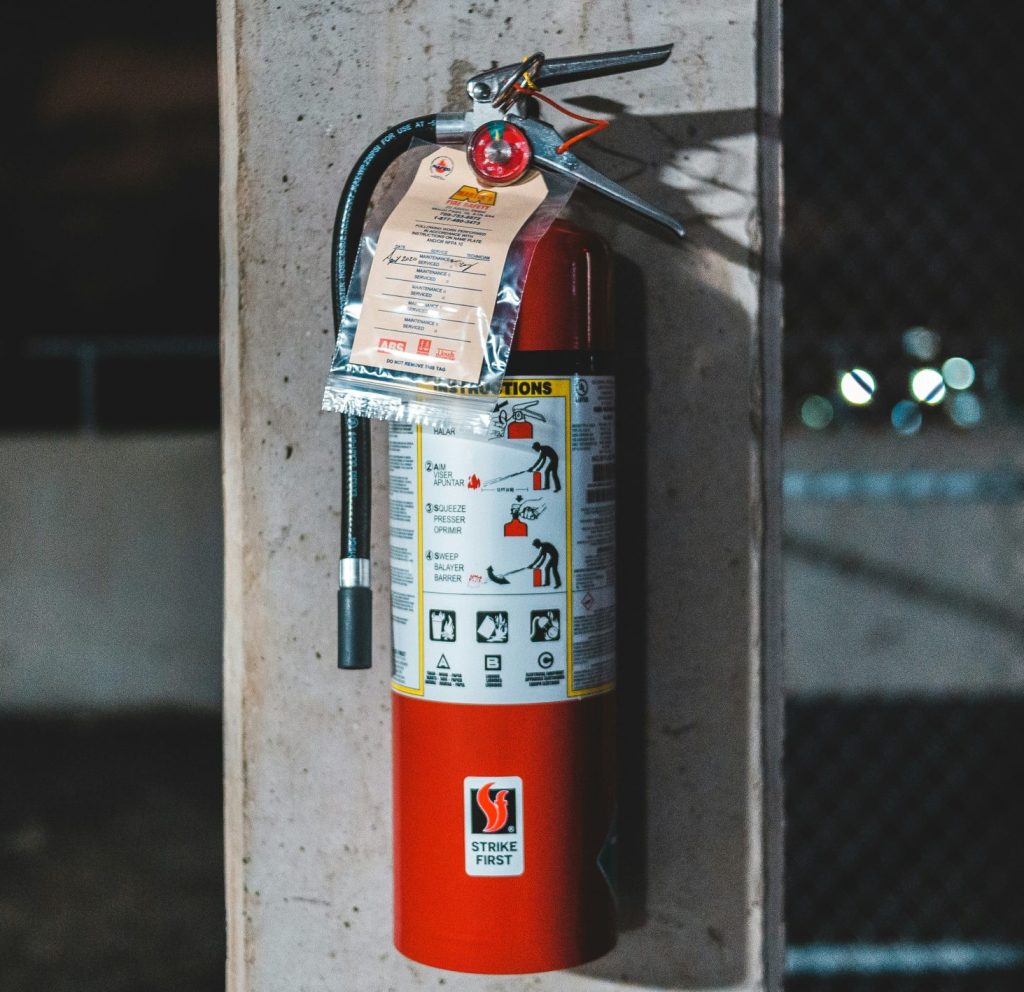Fire Evacuation
Fire can spread rapidly, leaving as little as a few minutes to escape safely after the alarm sounds. Know the escape route for the building you are in and your department’s or family’s meeting place. When a fire alarm sounds in a University of Michigan (U-M) facility, you must:
- Immediately exit the building
- Close the doors behind you while exiting
- Walk to the nearest exit (do not use elevators)
- Gather at the designated assembly area
- Notify U-M Police Department (UMPD) officers or the Fire Department personnel if you suspect someone is injured or trapped inside the building
- Only re-enter the building after U-M Police (UMPD), the Fire Department, or your Building Emergency Coordinator or Floor Marshal gives the “all clear”
Roles and Responsibilities when Evacuating a Building
Each and every occupant of a building, must evacuate the building when a fire alarm is activated. The following table describes the roles and responsibilities for occupant and building representatives:
| INDIVIDUAL | WILL… |
| Floor marshals (if safe to do so) |
Also:
|
| Building Emergency Coordinators will: |
|
Emergency Responders
Emergency responders include UMPD, Environment, Health & Safety (EHS), Plant, and the Ann Arbor Fire Department.
- U-M police officers responding to an alarm will determine if there is a fire or other emergency and will summon the appropriate resources, such as the Fire Department, EHS, or Plant.
| IF THE ALARM IS DETERMINED TO BE… | THEN UMPD WILL… |
| False |
|
| Valid |
|
- EHS, Plant, and Ann Arbor Fire Department will be notified to respond by UMPD.
| IF THE EMERGENCY RESPONDER IS… | WILL… |
| EHS |
|
| F&O Maintenance Services |
|
| Ann Arbor Fire Department (AAFD) |
|





